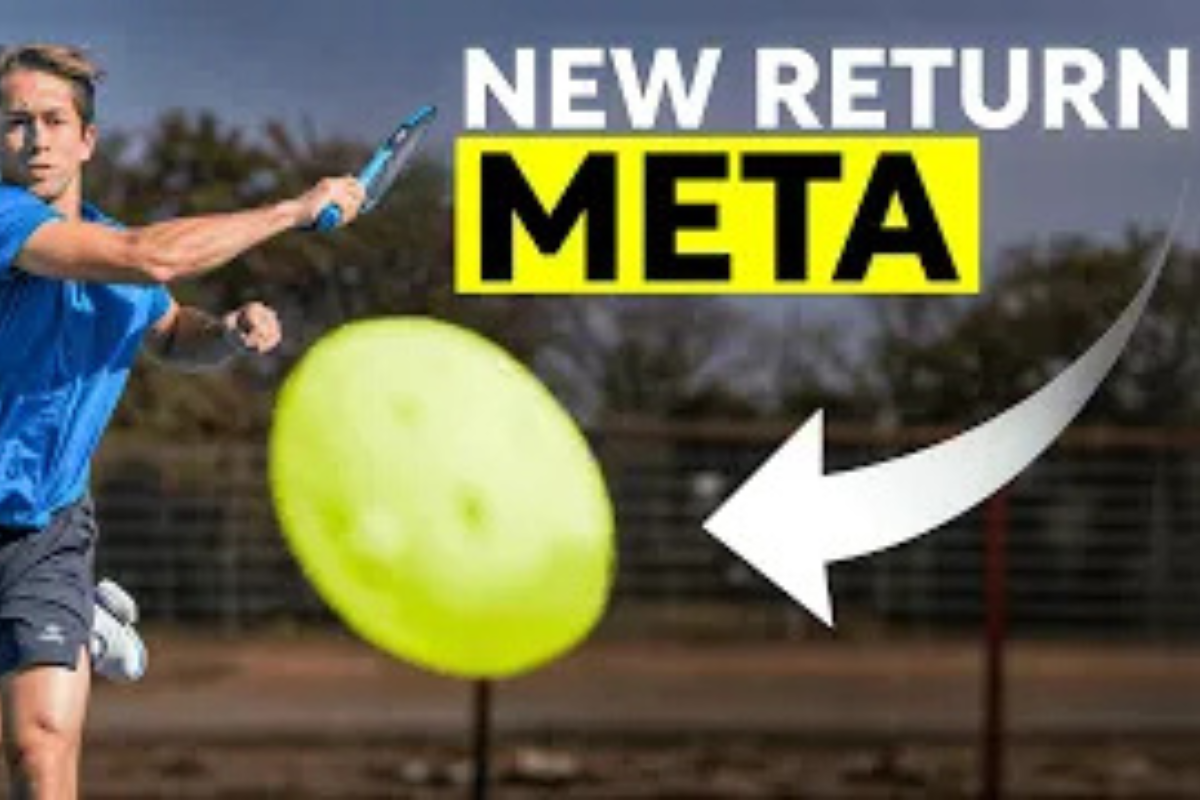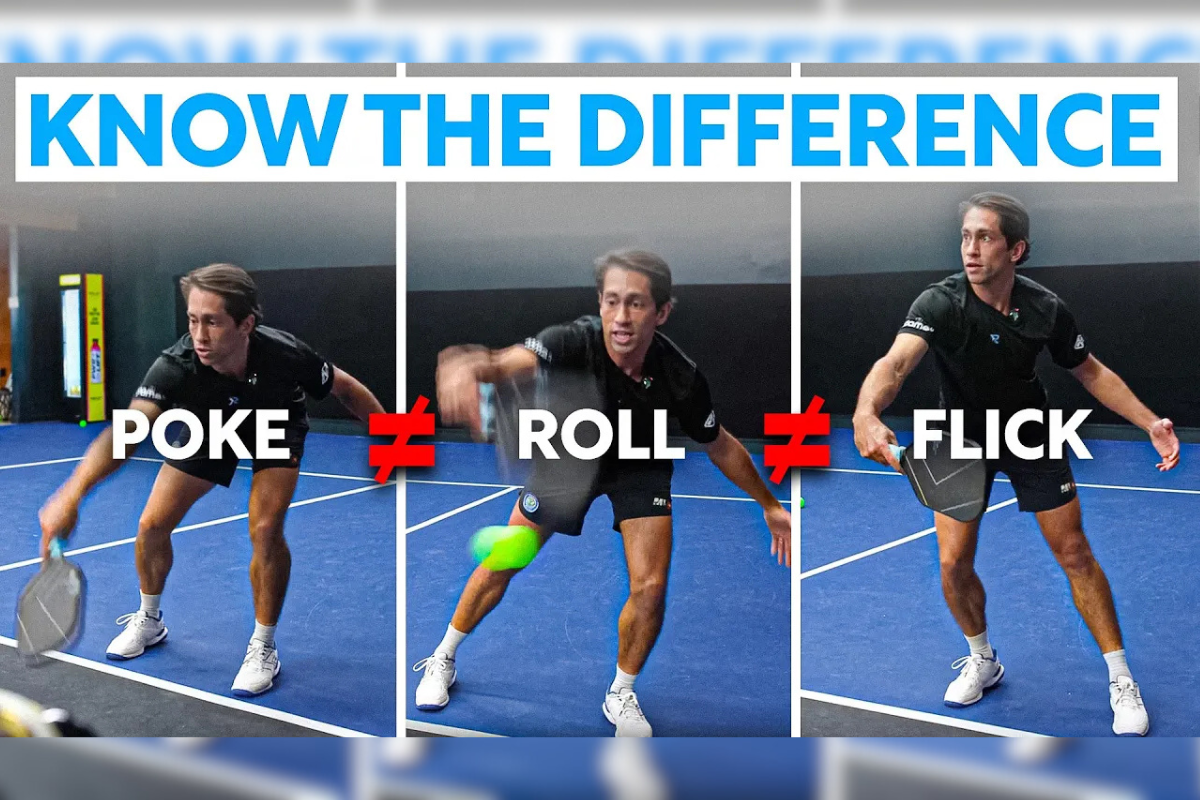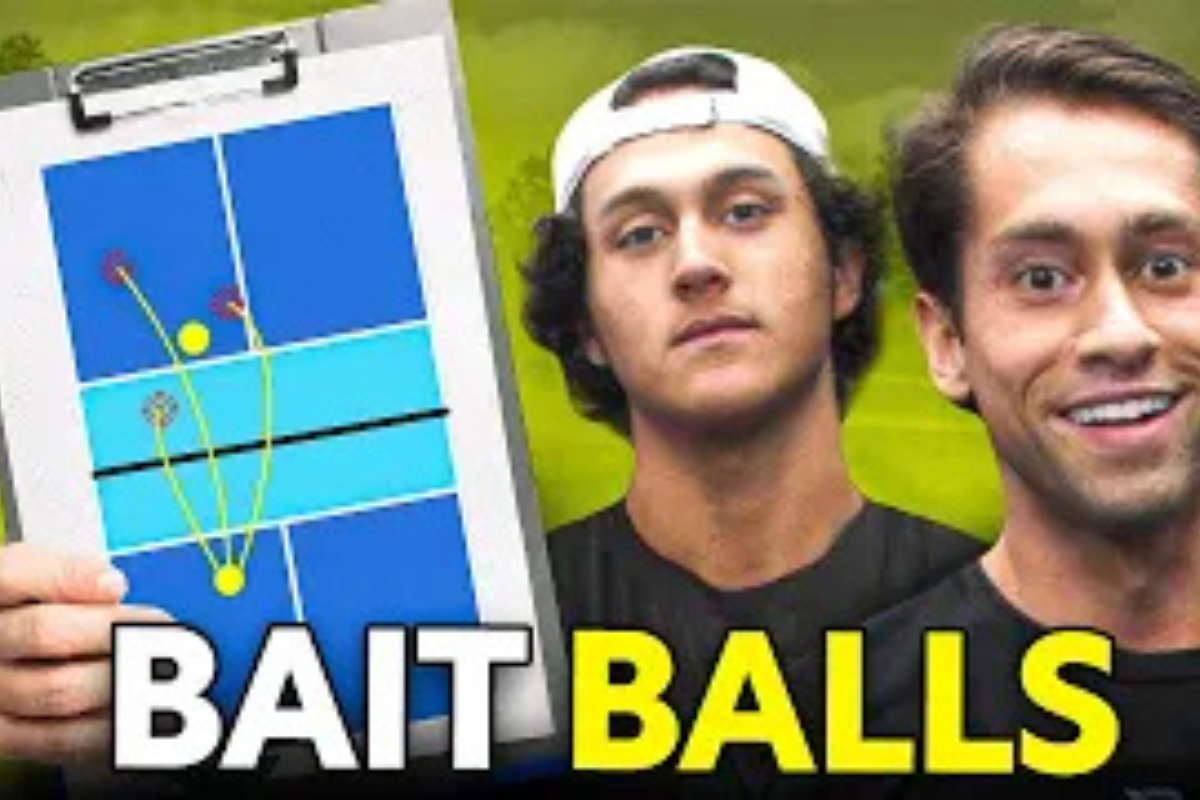Returning serve is one of the most crucial aspects of pickleball, and professional players use a specific formula to maximize their advantage. If you apply these strategies correctly, your opponents will struggle to score against you. This guide breaks down the best return strategies used by the pros and how you can implement them in your game.
Assessing the Quality of the Opponent's Serve
The first step in returning effectively is analyzing the quality of the serve you’re facing. Returning a serve from a top-tier player like Collin Johns is vastly different from handling a weaker serve. However, regardless of the serve's strength, the fundamental returning strategy remains relatively unchanged.
When dealing with a strong serve, your best bet is to return the ball back to the server. This strategy provides several advantages:
- It offers the longest possible angle, increasing your margin for error.
- It goes over the lowest part of the net, reducing the chances of hitting an unforced error.
- It forces the server to move backward if they have started creeping into the court too early.
- It gives you more time to advance to the kitchen line, which is key to controlling the point.
Optimizing Your Returns When You Have Options
If you're facing an average or weak serve, you gain more control over where you place your return. Here’s how to take full advantage:
Returning From the Even Side
The best strategy from the even (right) side is to aim your return deep and directly in front of yourself. This positioning allows your partner to shift towards the middle and be ready to poach with their forehand, increasing your team’s offensive potential.
The risk with this approach is that a poorly executed return could invite an aggressive drive from your opponent as you move forward. To minimize this risk:
- Ensure your return is deep and well-placed.
- Avoid floating the ball too high.
- Keep your shots consistent and strategic.
Returning From the Odd Side
When returning from the odd (left) side, the goal remains similar—forcing your opponent into a weaker position. A strong return to the backhand of the left-side player can limit their offensive options, usually resulting in a drop shot instead of a drive.
However, if you return to their forehand, they have more opportunities to drive aggressively or execute a well-placed drop shot. To control the point:
- Hit a firm return to their backhand side.
- Stay aggressive and ready to intercept the next shot.
- Anticipate a drop and prepare to take control at the net.
Adjusting for a Left-Handed Partner
If your partner is a lefty, your strategy needs minor adjustments. By keeping the ball in front of yourself, your left-handed partner can shift over and use their forehand to dominate the middle of the court. This is the reverse approach to playing with a right-handed partner and ensures better court coverage and offensive opportunities.
The Evolution of the Return in Pro Pickleball
Traditionally, return of serve was played like an approach shot—where players would move through their shot towards the net. However, an emerging strategy among professionals involves treating the return more like a passing shot.
This newer technique sacrifices movement toward the net in favor of a higher-quality return with increased topspin and accuracy. The trade-off is that:
- You hit a more aggressive return.
- You may not advance as quickly to the net.
- Your partner needs to help cover the court more effectively.
While this isn’t a one-size-fits-all strategy, adding it to your game can provide a new level of tactical depth.
The Return—Your Biggest Weapon in 2025
As the game of pickleball evolves, the return of serve is becoming an even bigger weapon. Mastering depth, spin, and strategic placement will be key to gaining an edge over your opponents. Next time you watch a pro match, pay close attention to how they use returns to set up the point and dictate play.
And one final piece of advice—stop slicing your returns! Instead, focus on depth, control, and shot quality to put yourself in the best possible position to win the rally.
For more personalized pickleball tips, check out my Cameo, where I offer customized video responses to your questions. Also, a big thank you to Lobster Ball Machines for supporting this content. Use code ZANE5 for 5% off your next purchase!





Leave a comment
This site is protected by hCaptcha and the hCaptcha Privacy Policy and Terms of Service apply.